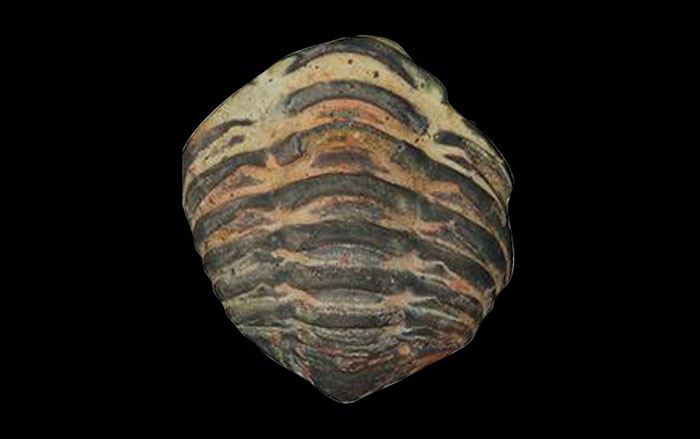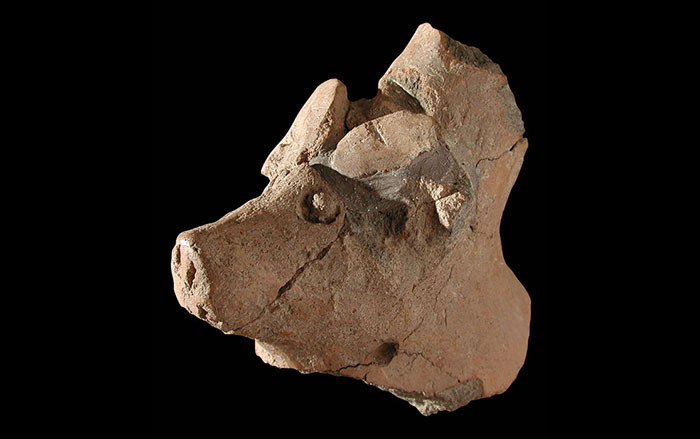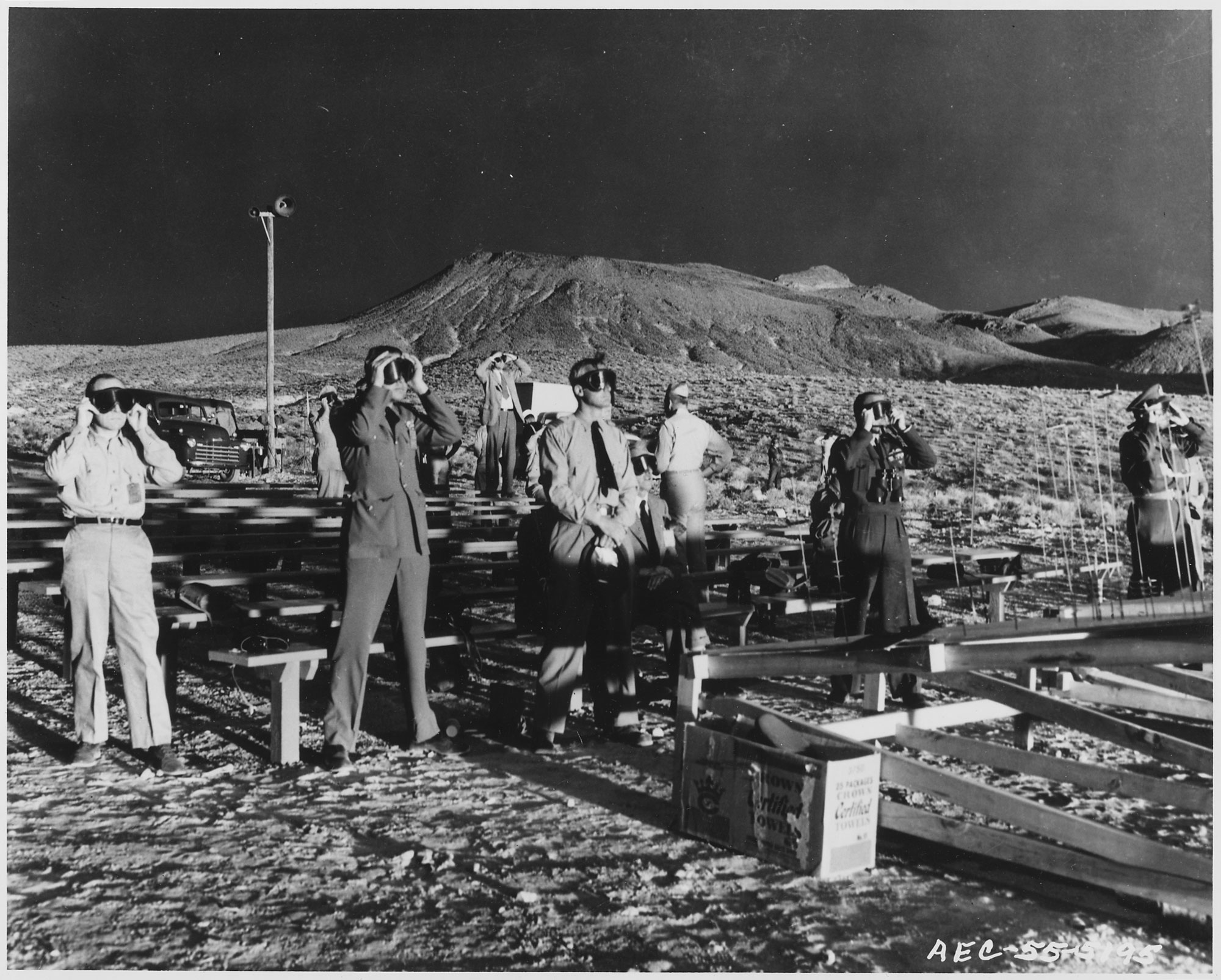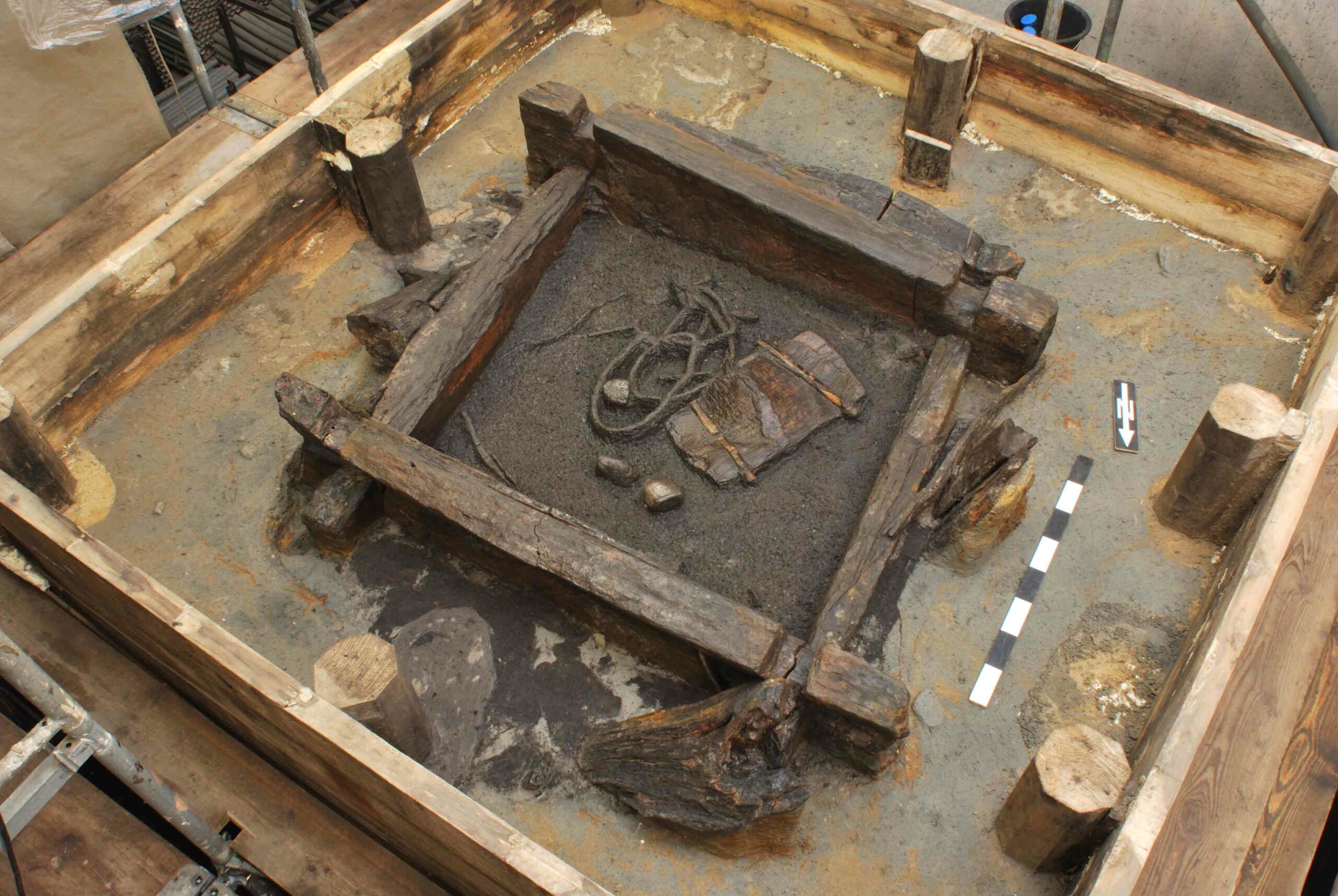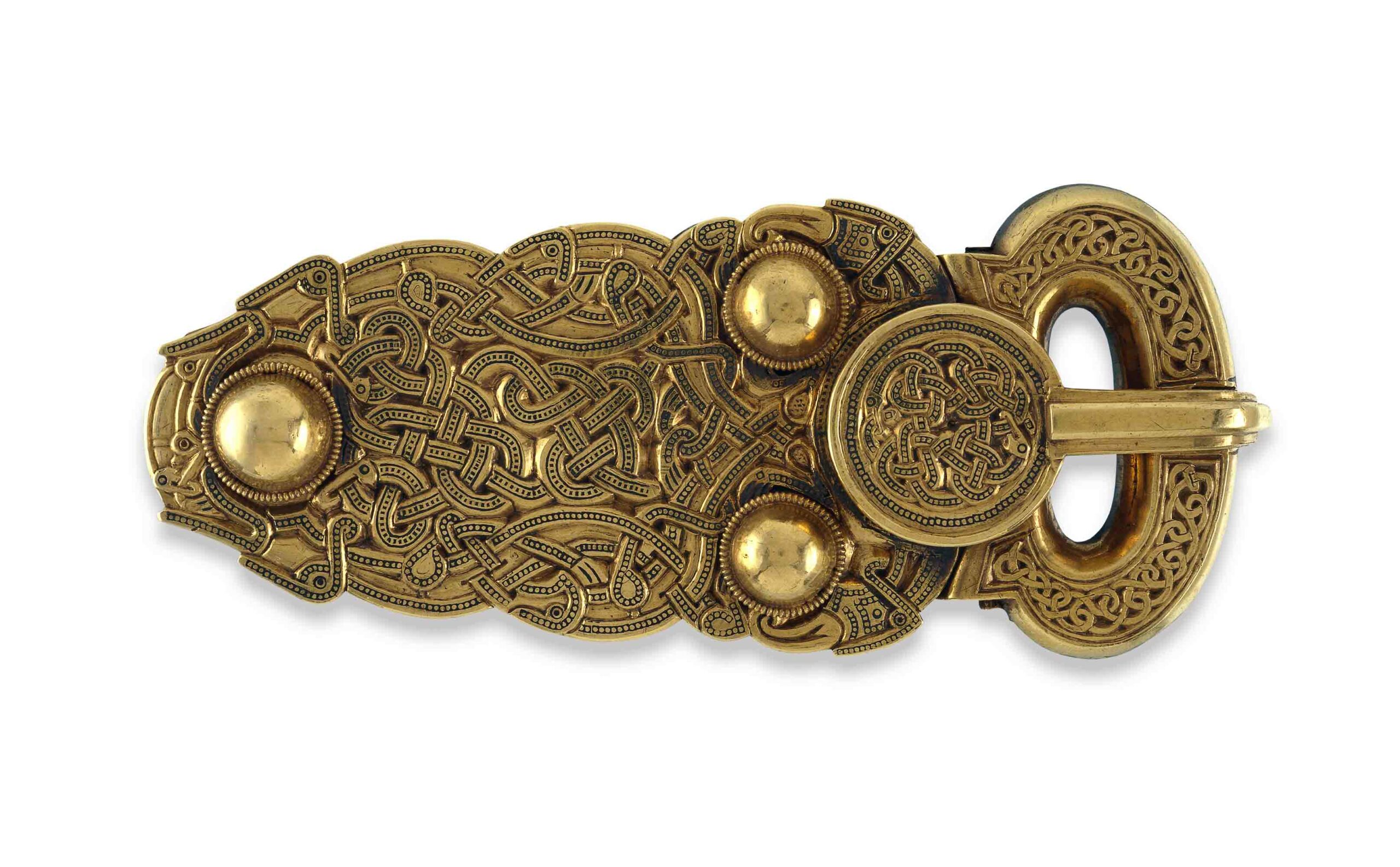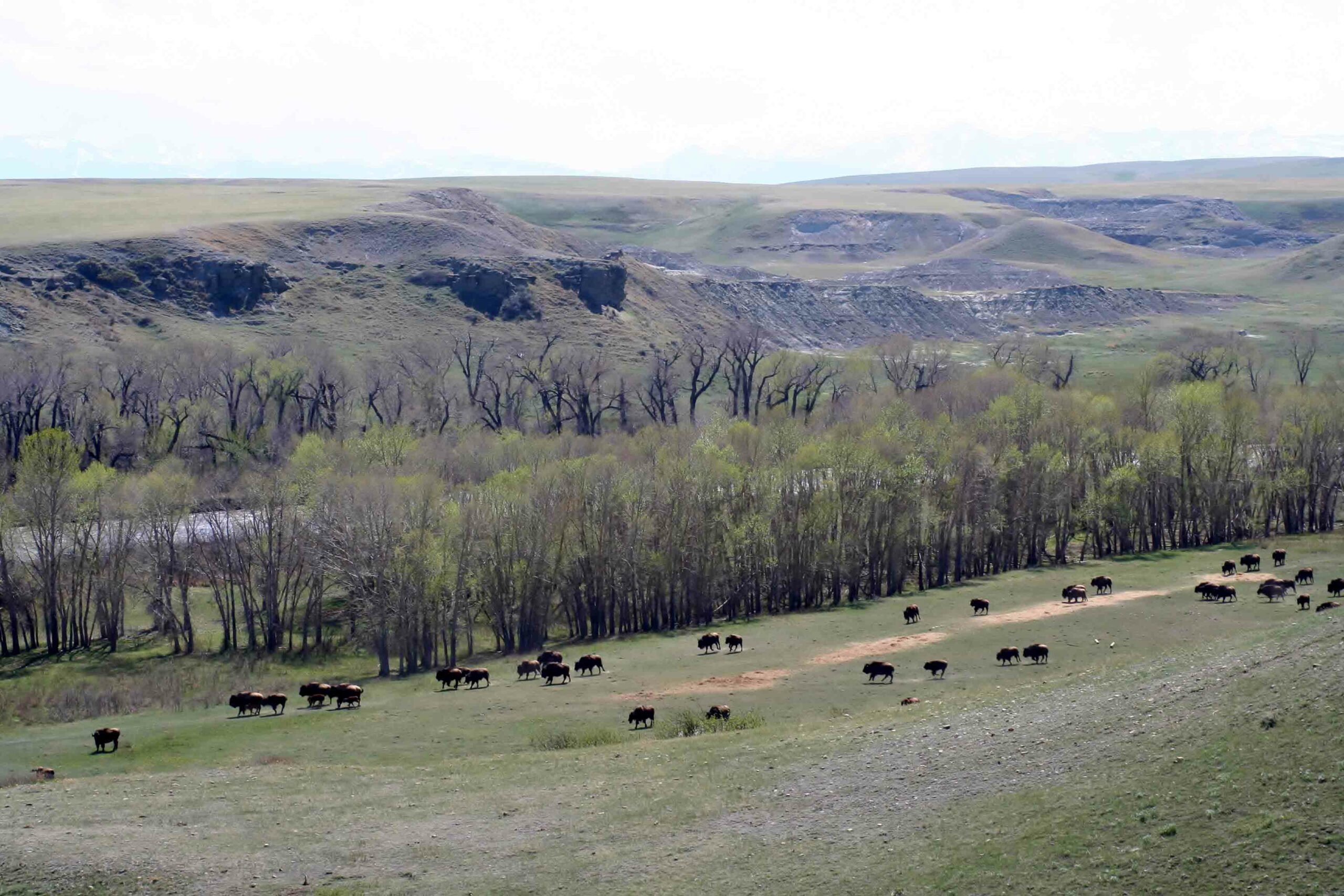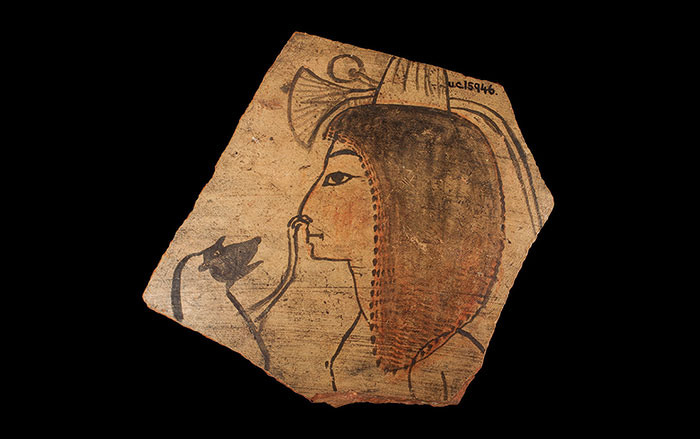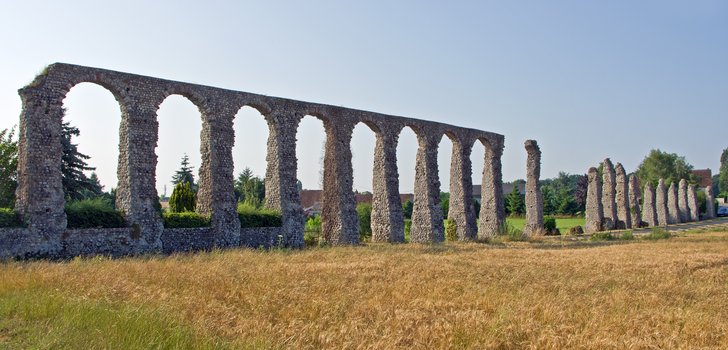
UTRECHT, NETHERLANDS—The Romans carefully managed the water supply in the Mediterranean region through an extensive grain-trade network in order to provide food for an estimated 70 million people, according to a new study published in Hydrology and Earth System Sciences. Environmental scientist Brian Dermody of Utrecht University, and a team made up of hydrologists from the Netherlands and classicists from Stanford University, determined how much water it took to grow the staple crop, then used a hydrological model to calculate grain yields, also accounting for climate and soil type. Maps of the Roman landscape and population were employed to estimate where agricultural production and food demand were greatest, and the grain trade was simulated, based upon the Roman transportation network. “If grain yields were low in a certain region, they could import grain from a different part of the Mediterranean that experienced a surplus. That made them highly resilient to short-term climate variability,” Dermody explained. But the stable food supply may have contributed to the eventual decline of the Roman Empire. As the population and urban centers grew, the system became more dependent upon trade and more vulnerable to climate variability. “We’re confronted with a very similar scenario today. Virtual water trade has enabled rapid population growth and urbanization since the beginning of the industrial revolution. However, as we move closer to the limits of the planet’s resources, our vulnerability to poor yields arising from climate change increases,” he said. To read about Roman water management, see "Rome's Lost Aqueduct."


